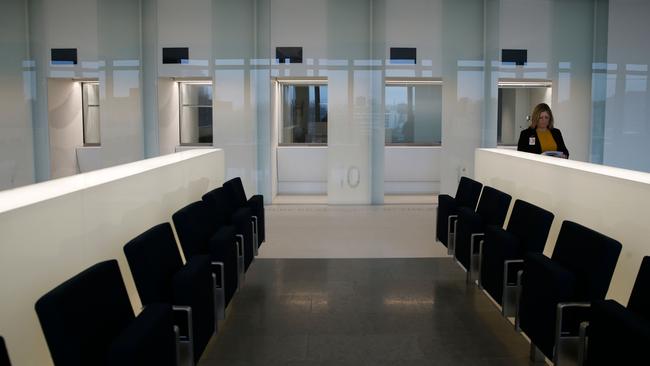America unveils its new US embassy in London
America unveils its riverside London fortress, including the first moat to be built in England since the 19th century | PICTURES
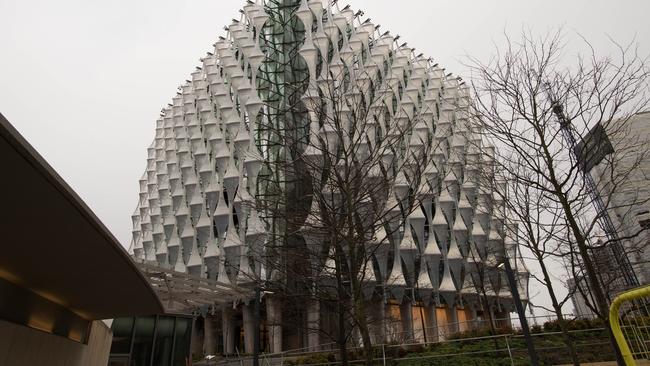
For a state-of-the-art fortress, the new US embassy in southwest London features one security measure that is distinctly old-fashioned - the first moat to be built in England since the 19th century.
Costing a billion dollars, the 12-storey cube in riverside Nine Elms was shown off for the first time yesterday and is the most expensive embassy ever built.
It boasts some of the most hi-tech defences in the world, including triple-glazed and blast-proof glass walls, raised terraces and sunken trenches instead of a wire fence, and a Faraday cage - a mesh of conductive material to prevent electronic eavesdropping.
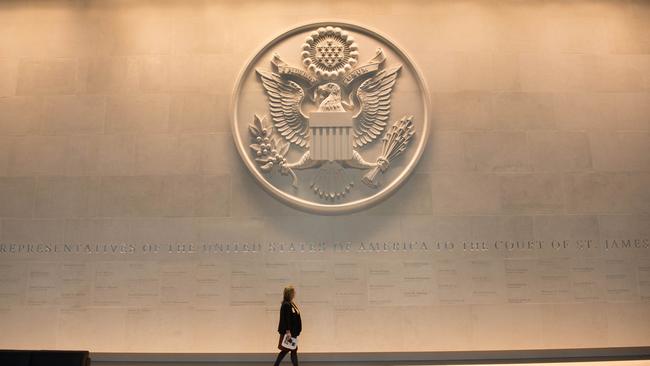
There will also be a barracks for a contingent of US Marines with 21 bedrooms, a bar, gym and a separate lift and a medical facility for treating local staff as well as any American officials injured in the Middle East.
The 30m by 150m moat will guard one side of the building and is designed to stop lorry bombs.
The last defensive moats in England were constructed in the 1860s around some of the “Palmerston Forts” protecting the royal naval dockyard at Portsmouth and the Solent from the perceived threat of a French amphibious attack. They were named after the prime minister at the time, but were rendered redundant by the Franco-Prussian war of 1870, after which the French were no longer considered a threat. They remain the most costly and extensive series of fortifications ever built in peacetime.
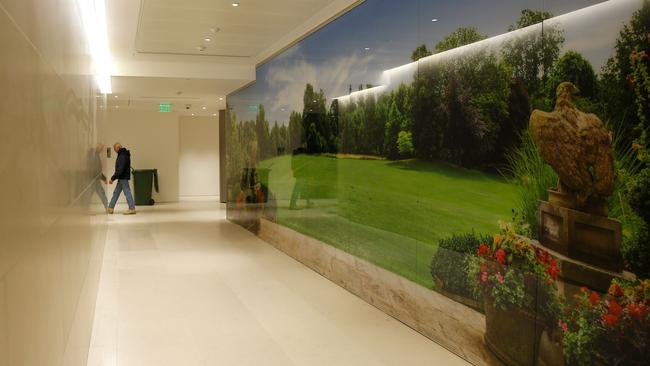
The US embassy, which was supposed to have been completed by the time president Barack Obama left office, has not been without its critics.
Nicolai Ouroussoff, of The New York Times, in a review entitled “A new fort, er, embassy, for London”, was scathing about the design by Kieran Timberlake, the American firm that won a competition in 2008. “It’s hard to think of a project that more perfectly reflects the country’s current struggle to maintain a welcoming, democratic image while under the constant threat of attack,” he said.
President Donald Trump is expected to inaugurate the facility in the spring, although it will officially open for business on January 16, welcoming 800 staff and about 1000 visitors a day.
Woody Johnson, the US ambassador to the UK, was sanguine about the prospect of protests at the President’s visit, but then the new embassy is also a 100ft blast zone away from the nearest road - a requirement for overseas state department buildings that is now enshrined in US law. “We are looking forward to welcoming the President,” he said. “I think he will be very impressed with this building. But he has a busy schedule.”
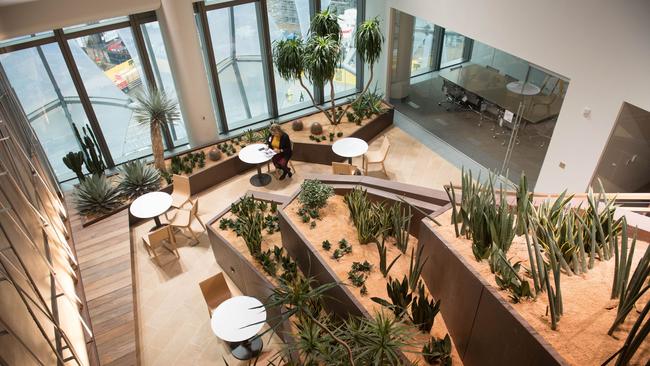
He expressed regret at leaving the existing “historic” embassy in Grosvenor Square, which has been sold to the Qatari sovereign wealth fund and is being converted into a luxury hotel.
However, he said that the move heralded “a significant new era of friendship. President Trump wants to work more closely than ever with the UK to make both of our countries more prosperous and secure”.
The US has had a presence in Mayfair since the first ambassador, John Adams, arrived in 1785. The square subsequently housed the headquarters of General Eisenhower during the Second World War, becoming known as “Little America”. The present building is grade II listed, meaning that the developers will have to retain its large bronze eagle on the roof.
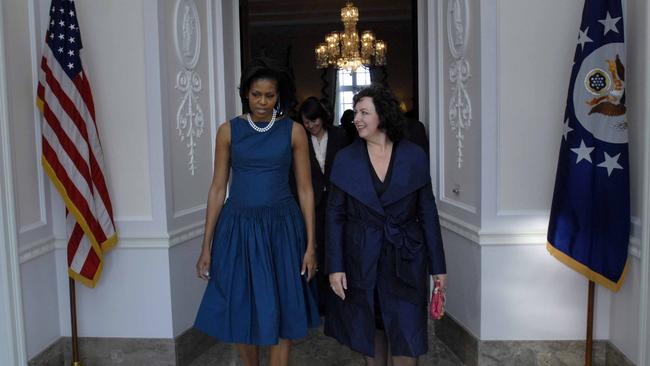
Although the move was largely necessitated by security concerns, the new embassy is designed to be extremely environmentally friendly and is carbon-negative. There are solar panels (in preference to a helipad) on the roof, ground-source heat pumps in the basement and rainwater is captured for irrigation and flushing the toilets.
The Times
